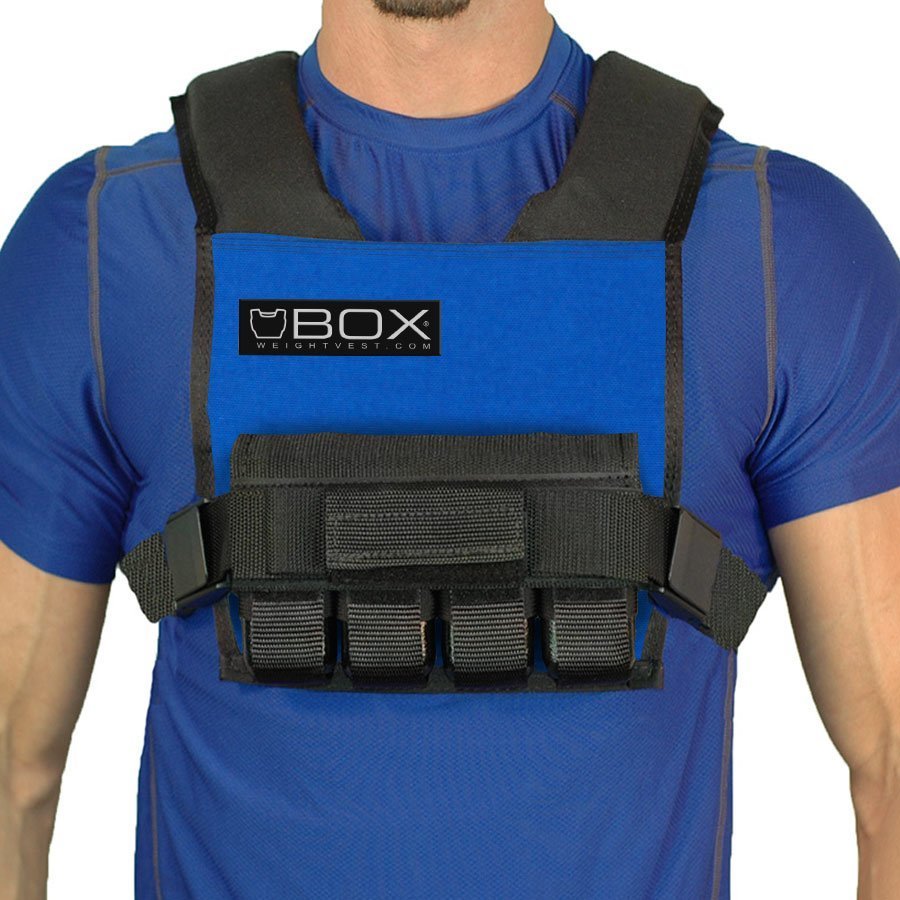Losing 30 LBS with the help of a weight vest can be achieved through a combination of regular exercise, proper nutrition, and consistent effort. Many reviews from past customers shows weight vests are a big help in burning out those stubborn pounds. Here's a strategy for using a weight vest to reach your goal, including how much weight to use and some exercise recommendations:
1.Start with a Manageable Weight Vest - Weight Selection: It's recommended to start with a vest that is 5-10% of your body weight. For example, if you weigh 200 lbs, start with a 20- 30 lb vest. This will allow your body to adapt to the added resistance without risking injury. - As your fitness level improves, you can gradually increase the weight, but don’t rush. The goal is steady, sustainable progress.
2. Incorporate the Weight Vest into Your Workouts Weight vests are versatile and can enhance a variety of workouts. Here are some exercises and activities that are effective for weight loss: A. Walking or Rucking - Daily walks: Walking while wearing a weight vest burns more calories than walking without one. Start with a brisk walk for 30-45 minutes, 3-5 times a week. - Rucking: This is essentially walking with a weighted vest or backpack. It's low-impact, which makes it safer on the joints, and it burns more calories than regular walking. - As you get stronger, you can increase the intensity by walking on inclines or adding more time. B. Bodyweight Exercises - Exercises like squats, lunges, push-ups, burpees, and planks become more challenging with a weight vest. These movements target multiple muscle groups, boosting calorie burn. - Aim for 3-4 sets of 10-15 reps per exercise, 3 times per week. C. Cardio Workouts - Adding a weight vest to activities like running, cycling, or even HIIT (High-Intensity Interval Training) will increase your caloric burn and endurance. - For cardio, start light and avoid running with a heavy vest to prevent injury. Instead, focus on short runs or jogging intervals with your vest to build stamina.
3. Increase the Weight Gradually - Every 3-4 weeks, you can increase the weight by 5 lbs. balanced. The idea is to progressively challenge your body without overwhelming it. - Pay attention to your form and ensure you're still able to perform exercises without compromising technique.
4. Be Consistent and Track Your Progress - Aim for 150-300 minutes; 2-5 hours, of moderate-intensity exercise per week. This can include both strength training and cardio sessions with your vest. - You can use fitness apps or a simple journal to track your weight loss, the amount of weight you’re using in the vest, and your workout consistency.
5. Nutrition and Caloric Deficit While the weight vest will boost your workout intensity and help burn more calories, weight loss ultimately comes down to being in a caloric deficit. - Focus on eating whole, nutrient-dense foods like lean proteins, vegetables, whole grains, and healthy fats. - Track your caloric intake using an app or journal to ensure you're eating fewer calories than you're burning. Here is a good sample of a calorie calculator. Estimated Timeline - Healthy, sustainable weight loss is about 1-2 LBS per week. To lose 30 lbs, you’ll likely need about 15-30 weeks depending on your adherence to exercise and diet. By consistently incorporating a weight vest into your workout routine, staying active, and maintaining a healthy diet, you can achieve your 30-lb weight loss goal safely and effectively. Would you like recommendations on specific weight vests that might fit your needs?

